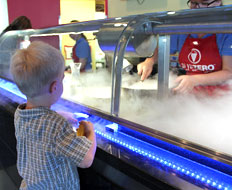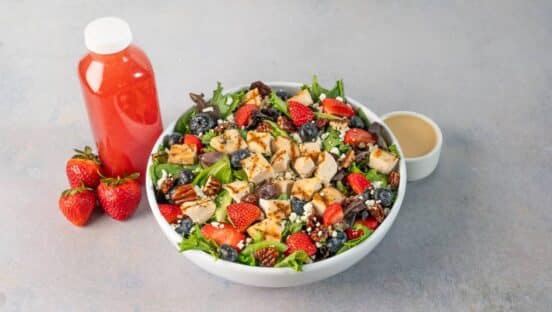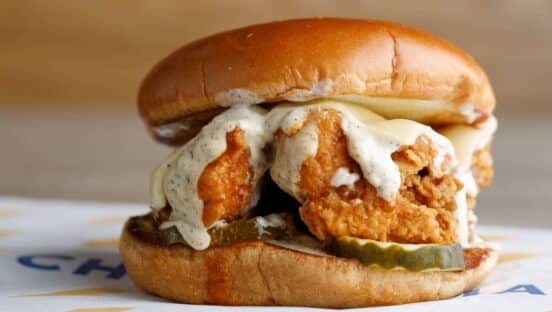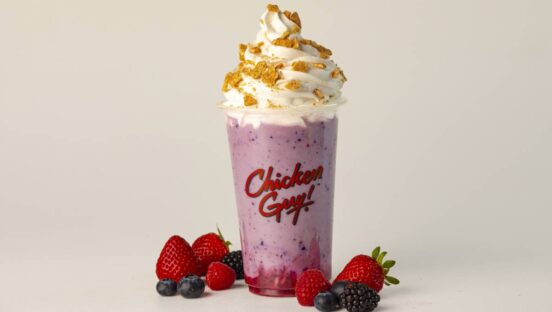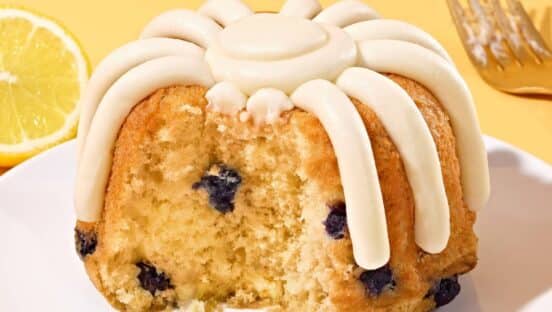Quick-serve menus may start taking cues from the science lab as operators increasingly experiment with high-tech cooking methods like molecular gastronomy.
Molecular gastronomy, which blends technical food science and practical kitchen techniques, has been offered on exclusive fine-dining menus for more than two decades. Now, however, those scientific cooking methods are slowly making their way into the more accessible fast-casual and quick-service arenas.
But many challenges exist: Equipment is sometimes expensive, and more sophisticated staff training is often required. While it remains unlikely that the largest chains will adopt molecular gastronomy techniques on a wholesale scale any time soon, smaller chains are already implementing some of these trendy cooking methods.
For some concepts, the high-tech menus are a marquee draw for diners. Others are introducing science-heavy techniques in the back of house without customers ever knowing.
At Sub Zero Ice Cream and Yogurt, the liquid nitrogen freezing process is front and center as customers visit both for the show and for dessert. Founder and CEO Jerry Hancock says the process allows the 22-unit chain to offer an unparalleled level of customization. By instantly freezing the ice cream, customers can choose from a myriad of flavors, textures, and add-ins.
“We had to make something that was very different, so people would come to us instead of the competition,” Hancock says. “The only thing I came up with was customization and freezing after you order.”
So far, customers seem to be hungry for the unusual. Hancock says the unique freezing method leaves newcomers and regulars alike in awe.
“Sometimes it’s almost startling to them,” Hancock says. “If they’re not prepared, they see the cloud and they kind of jump back and go, ‘What the heck is going on?’ It’s almost a disbelief of what’s happening right before their eyes. They’ve just never seen anything like that.”
While some operators may think equipment costs are too high to use molecular gastronomy techniques, concepts like Sub Zero show how mass production can keep costs accessible.
By negating the need for freezers, Sub Zero sees automatic savings, and supplies are cheaper, too. Hancock says a liter of liquid nitrogen goes for about $20 at a welding supply shop; but his stores get it for about a quarter a liter, as they utilize large tanks that control waste.
“Things get cheaper because you do more of it,” he says. “It’s expensive in the high-end restaurants because they don’t do very much of it.”
At the three-unit FLIP Burger Boutique, molecular gastronomy is shown off in more subtle ways.
There are smoking liquid-nitrogen milkshakes, blue-cheese foam for the sweet potato tots, and a special fruit puree for martinis bound together with calcium lactate and sodium alginate.
Many guests may come in expecting a touch of the extraordinary because of the innovative cooking methods concept chef Richard Blais showed off on Bravo’s “Top Chef” and “Top Chef Masters.” But FLIP co-owner and founder Barry Mills says the restaurant isn’t billed as a molecular gastronomy joint.
Rather, it’s more about high-quality ingredients and dishes, Mills says. Science-heavy techniques are used for some dishes in the kitchen, but aren’t necessarily evident to the everyday diner. Whether it’s for show or substance, Mills expects more fast-casual and quick-service chains will follow suit, making such products more readily available.
“We’ve trickled down, and I think there’s a good likelihood it’s going to continue,” he says. “The things that are considered hot, trendy, and innovative today are going to be considered commonplace tomorrow.”
Already becoming commonplace is the sous-vide method of cooking, which was once considered a luxury because of the time involved. By slowly cooking airtight-sealed food in water baths for extended periods of time, sous-vide enhances food’s moisture and flavor, while maintaining texture.
After years of providing dishes to airlines and hotels, sous-vide supplier Cuisine Solutions is now using the method to serve the fast-casual restaurant segment. The company pre-prepares frozen sous-vide dishes, giving restaurants a touch of the scientific without having to learn the methods themselves.
The extended shelf life and short reheating time of the frozen dishes allows restaurants to offer more complex and high-end dishes like osso buco—veal shanks containing marrowbone—which ordinarily couldn’t be available in a limited-service environment.
“If you want to improve the quality of the menu without making a huge investment in labor, cooking staff, and equipment, the fastest and best way to do it in terms of investment would be sous-vide,” says Cuisine Solutions president Felipe Hasselmann.
The company already supplies dishes to about 10 fast-casual chains, including Panera Bread. And while the preparation method is complex and precise, it’s done behind the scenes, letting the dishes stand on merit.
“They buy our product not because it’s fancy or it’s trendy,” Hasselmann says. “They buy our product because of the quality and because of the savings they can get.”

